THE TAGINE DECK
INTRODUCTION
TAGINE IS THE NAME OF A NORTH AFRICAN TERRA COTTA cooking vessel with two parts: a round base and a tall conical lid. It acts like a little ceramic oven, as the heat and aromas are contained in the conical chamber and thus food flavors become concentrated and do not evaporate.
Tagine is also the name of the dish cooked in a tagine, for example, a chicken tagine. Not all dishes called tagines, however, are cooked directly in a tagine; some are cooked in pots and then transferred to a serving tagine. These decorative serving tagines are fully glazed, of lighter weight, and not heat resistant.
TRADITIONAL TAGINES
Traditional tagines are made of terra cotta. The inside of the conical lid is unglazed, and the bottoms and exteriors may be glazed or unglazed. Many of these tagines are made in Spain, Tunisia, or Morocco. They come in sizes that range from 4 to 8 portions. Two good online sources are www.tagines.com and www.fantes.com/tagine. Traditional tagines need to be cured before use or they will crack; consult the manufacturers instructions.
MODERN TAGINES
The Emile Henry tagine is made of glazed heat-resistant ceramic and is closest in style to a Moroccan tagine. The Staub tagine is oven-safe earthenware and can be used on the stove top with a heat diffuser. It is also dishwasher safe. The Le Creuset tagine has a cast iron bottom and the All Clad has a stainless steel bottom; both have a ceramic conical top glazed inside and out. Ceramic tagines need to be cured before use or they will crack; consult the manufacturers instructions.
GLAZED VERSUS UNGLAZED INTERIORS
The conical lid of the traditional Moroccan tagine is unglazed on the inside so that the juices and aromas become concentrated, rendering the food intensely flavored, succulent, and extremely tender. Lids with glazed interiors collect condensation during the cooking process, and this additional moisture drips down into the food, diluting the sauce, much like cooking in a crock pot. When cooking with a tagine that is heavily glazed on the interior, use a bit less liquid than recommended in the recipe. If you end up with too much liquid, transfer the excess to a saucepan and reduce over high heat until you achieve the desired consistency. Return the sauce to the tagine and reheat the meat or poultry gently.
COOKING AND SERVING TRADITIONS
Most of us are used to serving our food piping hot and using utensils when we eat. We often serve our vegetables with a bit of crunch, and our meat with a bit of chewiness. In Morocco, cooked food is served warm, not piping hot, as it is eaten with the hands. For example, a chicken is placed on a platter in the center of the table, and the meat is pulled off the bone. As knives and forks are not used, most food is cooked to a melting tenderness. Also, bread is often used as a scoop or pusher.
The typical Moroccan burner is a small charcoal brazier. It provides low even heat for long slow cooking. Meat and poultry are not browned before cooking, but are combined with onions, spices, water, and oil or butter. The meat or poultry is often marinated in the spices and a bit of oil for at least two hours before active cooking.
Conversely, many traditional Western recipes recommend browning meat and poultry before braising. While browning at high temperatures does not keep the juices sealed in the meat, it does add rich caramelized flavors. A traditional terra cotta tagine is not designed for high-heat cooking and thus does not really brown food well. If you are a fan of browning, use a traditional skillet or saut pan for the task. You can brown in an All Clad tagine, but it is not quite as sturdy as a skillet. The Le Creuset tagine is too small to permit the air circulation that is needed for even browning.
When cooking with a traditional tagine on a conventional stove top, it is all right to start on medium heat, but for sustained slow cooking, reduce the heat to low. As an extra precaution, use a heat diffuser for Moroccan terra cotta and Staub. You can use one for Emile Henry to be on the safe side, though it is not required. No diffuser is needed for the metal All Clad and Le Creuset tagines.
All of the traditional and modern tagines are easily adapted for oven cooking. Set the oven at 300 to 350
to 350 (no more than 340
(no more than 340 for All Clad). For some dishes where you want longer and slower cooking times, set the oven temperature to 250
for All Clad). For some dishes where you want longer and slower cooking times, set the oven temperature to 250 . Keep in mind that some tagines may be too tall for a conventional oven unless you remove all of the racks. If that is the case, as a precaution, you might want to add a baking stone or heat diffuser to the oven floor.
. Keep in mind that some tagines may be too tall for a conventional oven unless you remove all of the racks. If that is the case, as a precaution, you might want to add a baking stone or heat diffuser to the oven floor.
While you are cooking with your tagine, look inside occasionally to see if you have enough liquid. If not, add some. Conversely, if there is too much liquid accumulating, remove some, set aside, and reduce later. After cooking, do not put the hot tagine directly on the table or on a cold surface; place on a heatproof trivet.
Tagines are ideal for entertaining as most dishes can be prepared ahead of time, hold well, and may be reheated with ease. The fish tagines can be fully assembled and cooked when you need them.
Besides North African dishes, you can use your tagine for other kinds of braises with terrific results. You will find that flavors are more concentrated and the textures of the foods especially juicy and tender. In this recipe deck, you will find sixteen recipes from North Africa and nine from other parts of the world.
Enjoy cooking!
A FEW BASICS
COUSCOUS
COUSCOUS, THE SIGNATURE STARCH OF NORTH AFRICA, is a very fine pasta pellet made from semolina wheat. The classic method of preparation is steaming, traditionally in a type of double boiler called a couscousier. The couscous is first spread on a baking sheet and sprinkled with a little warm salted water, then transferred to the top of the couscousier to steam over hot water or a stew for 20 to 30 minutes. This process is repeated until the couscous has puffed to its maximum and is light and fluffy. If you dont have a couscousier, you can improvise with a strainer or colander over a pot.
With the advent of instant couscous (widely available in American supermarkets) the method of preparation has been greatly simplified. Hot water is added all at once, and the grain covered and rested, then fluffed. It can then be held over hot water or in a warm place until serving time. It is important for the couscous to completely puff up or it will continue to puff in the stomach, causing some discomfort to the diner. Spices can be added along with the water, as well as butter or oil.
SERVES 6 TO 8
2 cups instant couscous, medium grain
3 cups water
1 teaspoon salt
2 tablespoons butter or oil
teaspoon ground cinnamon, or a generous pinch of turmeric or crushed saffron threads (optional)
Place the couscous in a small baking pan that will hold 8 cups (to give you a little room for fluffing). Bring the water to a boil with the salt, butter, and cinnamon, if using. Pour over the couscous, stir well with a fork, just once, and cover the pan with foil. Let rest for 15 minutes, and then fluff the couscous with a fork. Cover and hold over hot water, or set in a warm place like over the stove or in a turned-off oven until needed.


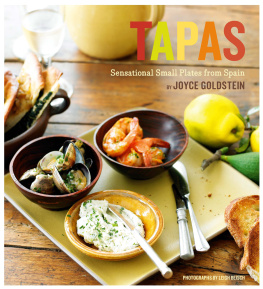
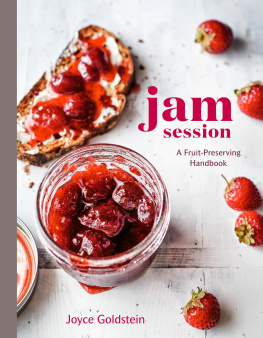

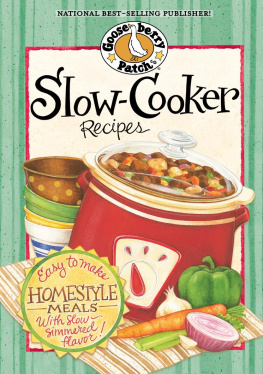

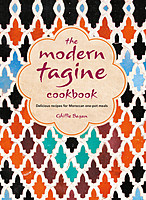


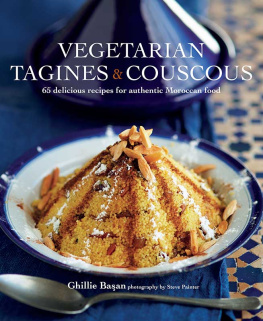
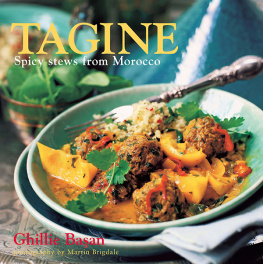


 to 350
to 350